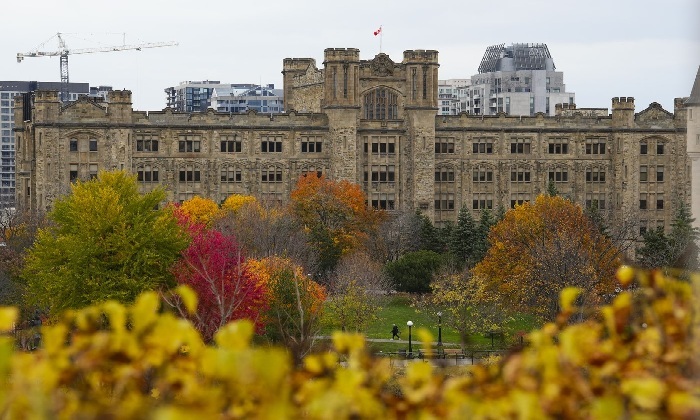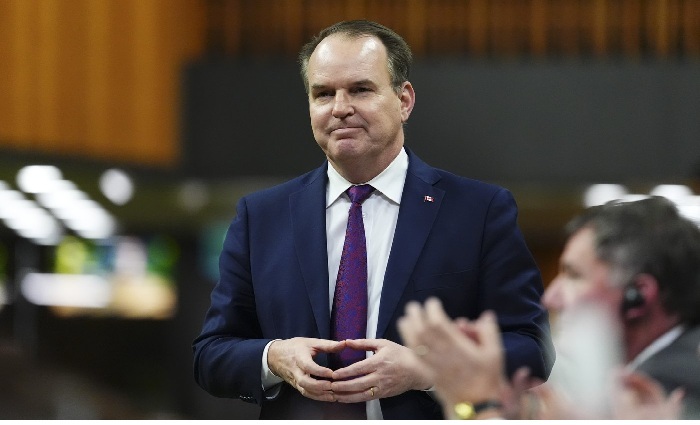91.5 FM
91.5 HD2
 8.85 c
8.85 c91.5 FM
91.5 HD2
Canada’s inflation rises to 2.4% in September amid grocery and rent pressures
BY Connect Newsroom, Oct 21, 2025 1:02 PM - REPORT AN ERROR
A shopper compares prices at a grocery store in Ottawa as inflation continues to affect food costs. (Photo: The Canadian Press)
Canada’s annual inflation rate rose to 2.4 per cent in September, according to new data from Statistics Canada, driven by higher grocery bills and modest increases in gasoline and rent costs.
The latest Consumer Price Index report shows inflation up from 1.9 per cent in August, slightly above economists’ forecasts. While gasoline prices were lower than a year earlier due to the removal of the federal carbon charge, the annual decline was smaller than in August — a factor that nudged overall inflation higher.
Food prices continued to climb, with fresh vegetables up 1.9 per cent compared to last year after a dip in August. Sugar and confectionery prices rose sharply by 9.2 per cent, up from 5.8 per cent the previous month. Statistics Canada said global supply challenges, particularly in beef and coffee, continue to drive food costs higher.
National rent inflation also gained momentum, increasing 4.8 per cent annually in September compared with 4.5 per cent in August. Meanwhile, clothing and footwear costs rose more slowly, helping offset some of the broader price increases.
The Bank of Canada will use this report as its final inflation reading before its next interest rate decision on October 29. The central bank’s core inflation indicators — which exclude volatile items like energy and food — remained above three per cent, suggesting price pressures are still proving resilient.
Share on
Related News
Sign up for the newsletter
We'll deliver best of entertainment right into your inboxWe love to hear from our listeners, so feel free to send us message














